Once a toddler has mastered gross motor skills such as running, hopping, climbing, or throwing, it is time to focus on developing fine motor skills. But what does fine motor skills actually mean and why is it so important to promote them?
Fine motor skills are always trained when the child uses the many small, delicate muscles in their hands, fingers, wrists, toes and face. These muscle groups need to be trained because the fine motor skills help your child to improve hand-eye coordination, articulate themselves clearly and concentrate for longer. They also promote his self-esteem and help him to become even more independent.
Fine motor skills are required, among other things, to hold a pen. Your child needs this dexterity for drawing and painting, but also for writing. Trained fine motor skills are also required for cutting with scissors while doing handicrafts, turning the pages of a book while reading, for play activities such as building with blocks, laying puzzles or dressing dolls and cuddly toys. As the child ages, activities that promote independence become important. This includes getting dressed (tying shoelaces, opening and closing zippers, buttons and buckles), eating (using cutlery, opening and closing the sandwich bag / lunch box) and personal hygiene (combing, drying, applying lotion, brushing your teeth).
Five Montessori toys f u r children from 2 years to train fine motor skills
We live in a time when the toy market is almost flooded. It is therefore all the more important to choose every toy your child deals with carefully and with a focus on sustainability: Can the toy be used over a long period of time without the child losing interest in it? Is it of good quality and does it stand up to curious children's hands? Are there enough opportunities to explore new things while playing the game? Does it promote creativity? Does it stimulate the child to learn, does it help him to develop his language further?
For the promotion and development of fine motor skills, there are a number of useful and durable toys that help your child use and coordinate all of the muscle groups mentioned above. Here we have listed five of our favorites:
Stacking tower in rainbow colors
This classic stacking toy is ideal for a range of free play activities, even for the little ones. Whether color recognition or sorting of the individual parts according to their size, whether building small sculptures or balance exercises - there are no limits to the imagination. When stacking, eye-hand coordination is stimulated and fine motor skills are trained. The individual parts quickly become a cradle for the doll, a car bridge, a tiny dwarf house or a fence for animals. The natural surface treatment ensures that the motley rainbow is really safe for young children. What we particularly like about this Montessori toy is the color scheme, which lets the grain of the wood shine through.
Play - Doh dough
This modeling clay is another fantastic opportunity to develop fine motor skills and eye-hand coordination. While the child extensively presses and rolls the modeling clay, carving out shapes and assembling figures, all the important muscle groups in the fingers and hands are developed. Rolling small and large balls, shaping sausages or small objects, dividing the dough with scissors are just a few game suggestions that can be effortlessly integrated into any topic and setup to train fine motor skills.
Because there are no limits to the imagination, Play Doh is always a hit with my own children. In the twinkling of an eye you can transform the soft clay into a whole zoo, your favorite fruit or whole landscapes and you can immerse yourself in role-playing games for hours. Bonus: Especially when you are on vacation, you can take a few pots of plasticine with you to save space, so there is always enough activity to do even on rainy days! \
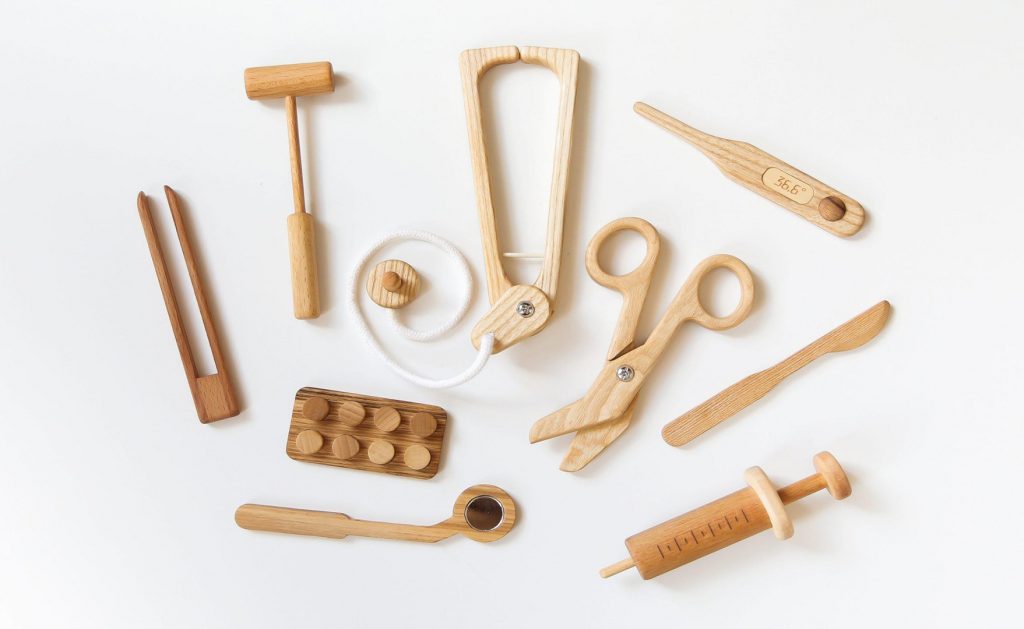
A doctor set is also suitable for imaginative play. By taking on different roles, the child develops a higher level of self-care and empathy and learns to care for themselves and others in a playful way. Are you going to see a doctor or even a hospital visit? Playing with the doctor kit can help relieve your child of their fear of the unfamiliar situation and prepare them for the examinations. It also helps him to clearly name different parts of his body and understand their roles and functions. It can also express more clearly where and in what way something hurts them when they are sick themselves.
I recommend that you invest in a good doctor's kit made of durable material such as wood or textile. Make sure that the workmanship is meticulous so that the set can withstand intense play for a long time.
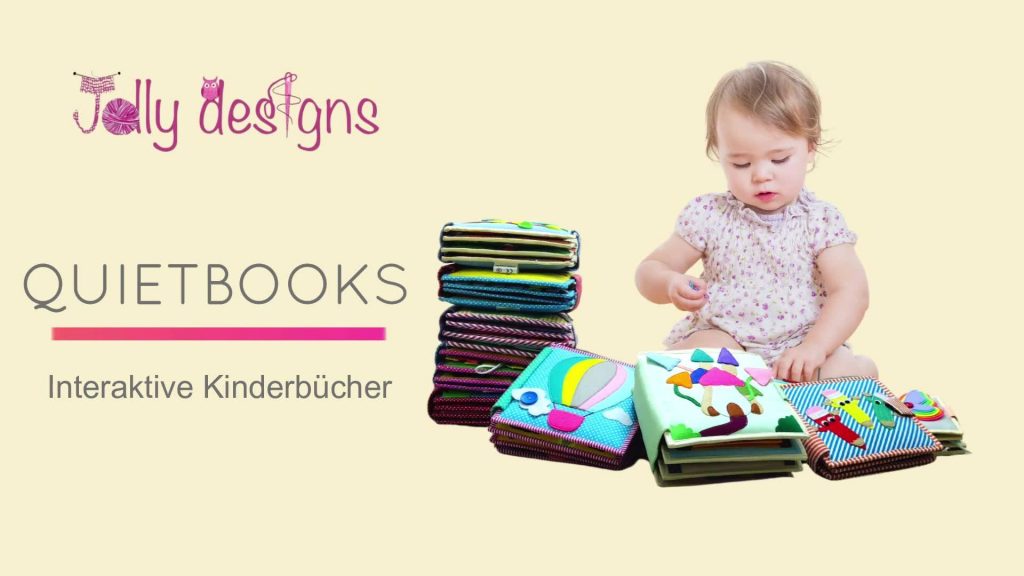
Quiet Books: The Educational Toys
Quiet Books are play and activity books made of fabric that offer small children a welcome break from the hustle and bustle of everyday life, without batteries, loud noises or complex technology. Unlike most plastic toys, Quiet Books by Jolly Designs are durable and sustainable. They promote sensual experience and offer a range of activities that are particularly suitable for children between the ages of 6 months and 6 years to train fine motor skills and promote concentration, hand-eye coordination and logical thinking.
It is especially important for younger children to create enough rest periods in which they can occupy themselves. For babies from 6 months, the focus is therefore on high-contrast images, on feeling and touching different materials and objects. All the senses are stimulated and fine motor skills are trained in the game. Activities for two- to three-year-olds range from sorting colors and shapes to tying cords and cords, unbuttoning and buttoning, finger exercises with zippers and other fasteners, puzzles to more complex tasks such as reading exercises, basic arithmetic, learning to watch and the Daily routine and board games.
The practical thing about our Quiet Books? They are easy to take with you, whether to the doctor, when traveling or to a restaurant. So your child can go on new voyages of discovery at any time and immerse themselves in their play worlds.
Magnetic blocks can be used to develop creative activities for a variety of topics and skills. From promoting fine motor skills and color recognition to game design, architecture and coding, magnetic blocks will help your child develop cognitive skills. Even the very youngest learn shapes and colors with the help of magnetic building blocks. If they are a little older, your child can assemble letters, numbers, animals, buildings and much more from the brightly colored blocks with one click. They learn the basic arithmetic in a playful way, develop their spatial thinking when building two- and three-dimensional objects and find a solution even for tricky problems. As the child gets older, you can fall back on more complex magnetic block sets available in stores,
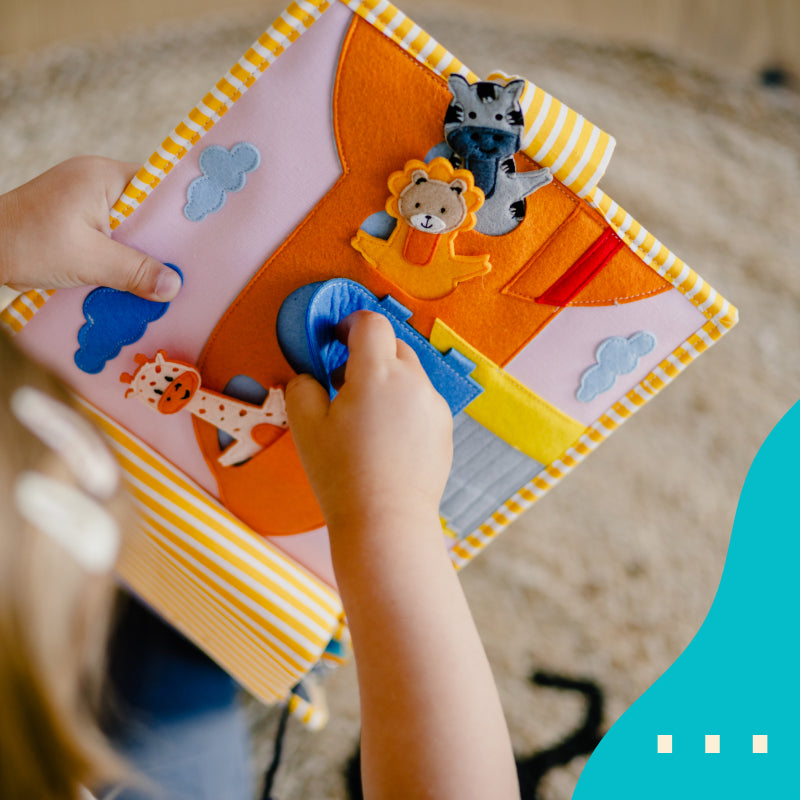
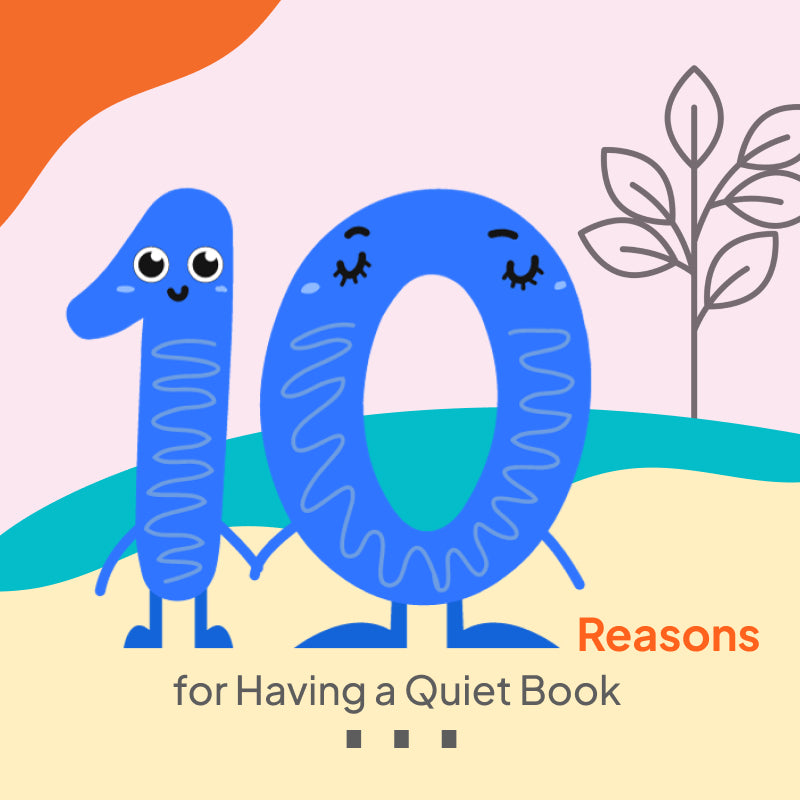
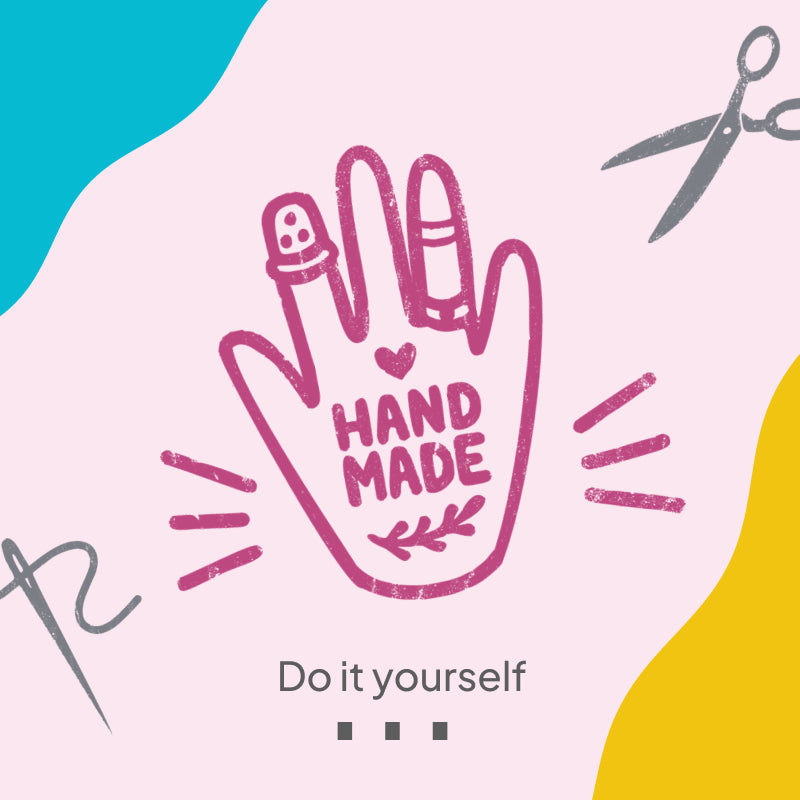
Leave a comment
All comments are moderated before being published.
This site is protected by hCaptcha and the hCaptcha Privacy Policy and Terms of Service apply.